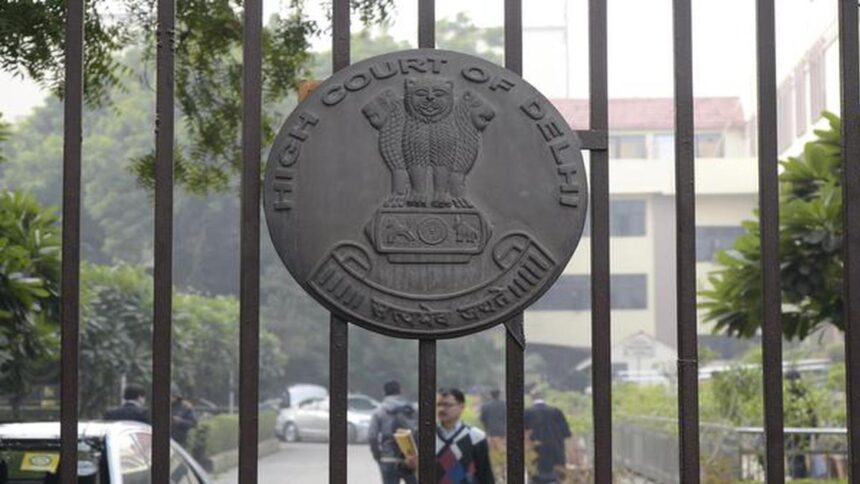
Representative image. File
The Ministry of Environment and Forests said in a note on Monday (July 14, 2025) that its recent decision to exempt a majority of thermal power plants from installing flue gas desulphurisation (FGD) units was a “scientifically justified shift towards more targeted, cost-effective and climate-coherent regulation” and not a rollback of environmental safeguards.
FGD units are used to cut sulphur dioxide emissions from coal plants and in 2015, the Ministry had made the systems mandatory for all thermal plants. However, only 8% of India’s roughly 180 coal plants have done so. The other plants have received multiple extensions from the Ministry for reasons such as limited availability of these units and high cost. The latest order, however, says only a minority of plants – 22% — located in major cities with a history of poor air quality need to install these units.
The revised policy, its note says, reflects India’s “…declining ambient sulphur dioxide levels, the limited role of sulphur dioxide levels in driving PM2.5 health impacts and… the disproportionate resource and environmental costs of indiscriminate FGD mandates”. The Ministry’s note was in response to “media reports”.
According to the Ministry, India’s annual sulphur dioxide concentration standard of 50 microgram/cubic metre is more stringent than Japan (66), European Union (52.4) and Australia (66). A 2023 measurement in 492 cities, the Ministry said, found that all but two — Dehradun and Kolar – were compliant. Indian coal was naturally low in sulphur (0.5% of weight) but had high ash content and therefore led to low sulphur dioxide concentrations. Studies had shown that cities with thermal power plants that have FGD technology and those without FGD technology didn’t show any “significant difference” in sulphur dioxide concentrations, it said. “Eliminating all sulphur dioxide emissions would only result in a marginal improvement of particulate matter concentrations… At ₹1.2 crore per MW [megawatt], the capital expense of installing FGD would be ₹2.54 lakh crore and would only bring about a marginal benefit,” it said.
Under new rules, only about 11% of India’s 600 thermal power units – a single plant can have multiple units – have to mandatorily install FGD systems. These plants, called ‘Category A’ units, are located within a 10-km radius of the National Capital Region or cities with a population of at least one million (2011 Census). Originally, these plants were to have FGD systems in place by 2017 but have been given multiple extensions. The latest – as per a gazette notification this week – is December 30, 2027.
Another 11% of units, falling under Category B, located within 10-km radius of Critically Polluted Areas (CPAs) or Non-Attainment Cities (NACs) may or may not have to install FGD systems. This would depend upon a decision by an Expert Appraisal Committee, an existing body constituted by the Ministry to decide on according environment clearance to proposed coal plant projects. Those that must install FGD systems have a deadline of December 30, 2028.
CPAs are regions or industrial clusters that are extremely polluted and deemed so according to Central Pollution Control Board (CPCB) criteria. NACs are those that have the worst air quality and haven’t met National Ambient Air Quality Standards (NAAQS) for at least five years, and there are 131 of these.
The remaining ‘Category C’ thermal power plants, or 78% of the total plants, are now exempt from installing FGD systems.
Published – July 14, 2025 10:58 pm IST



















